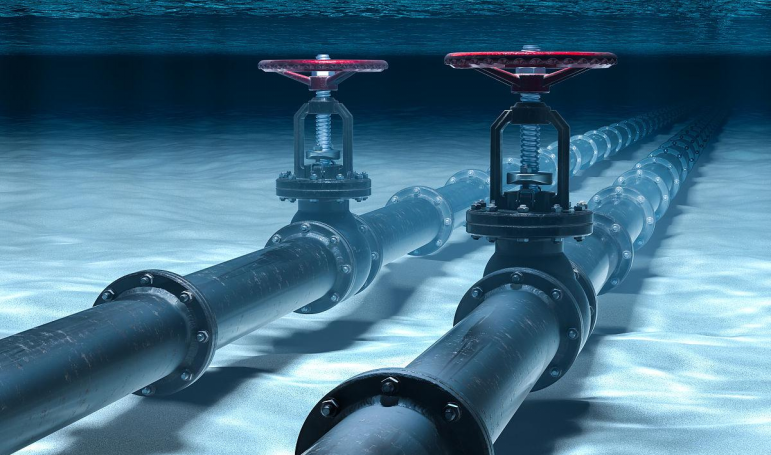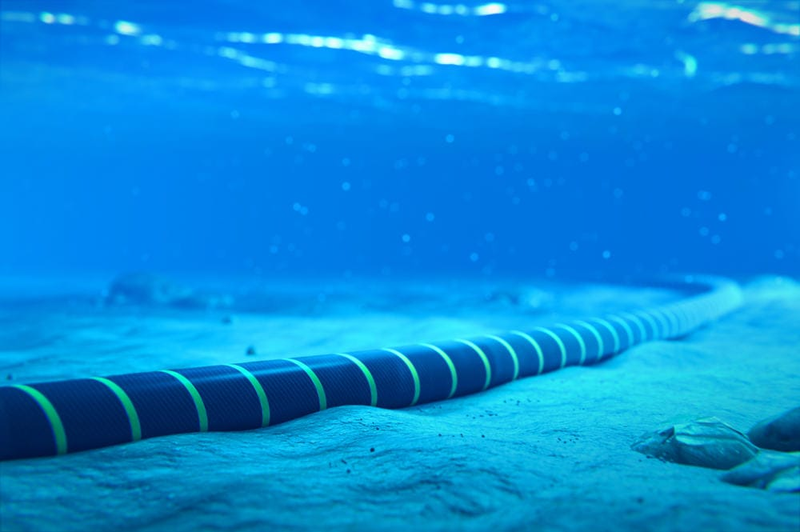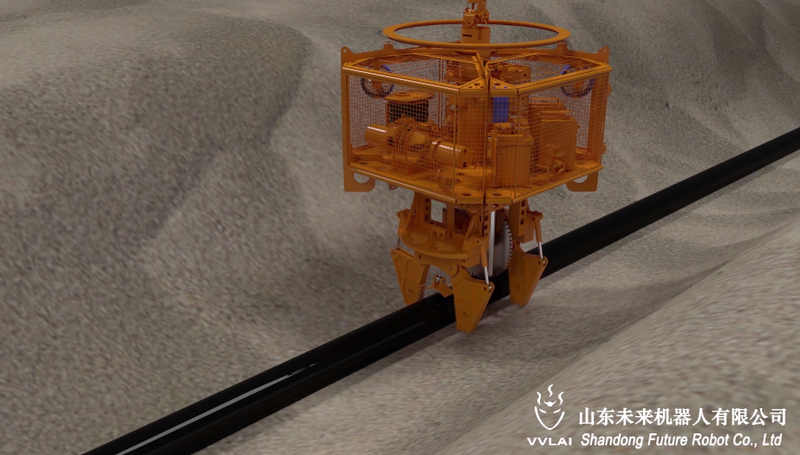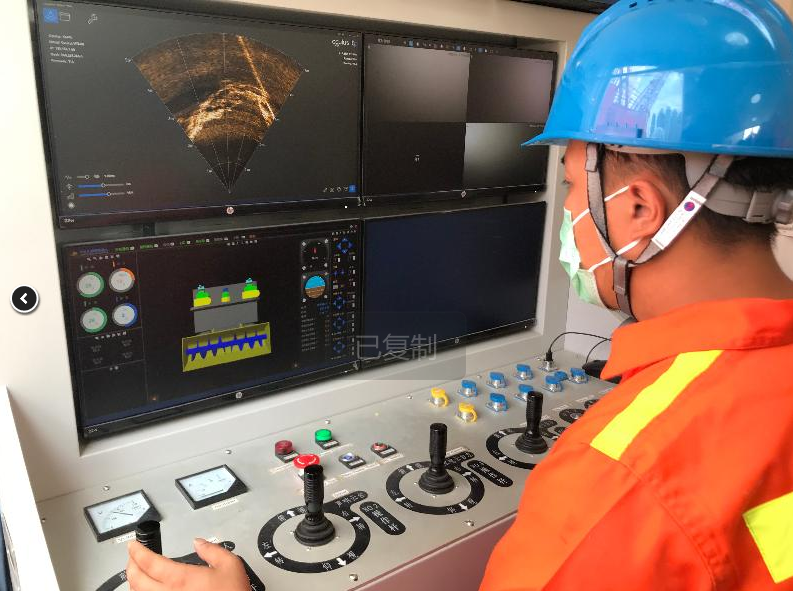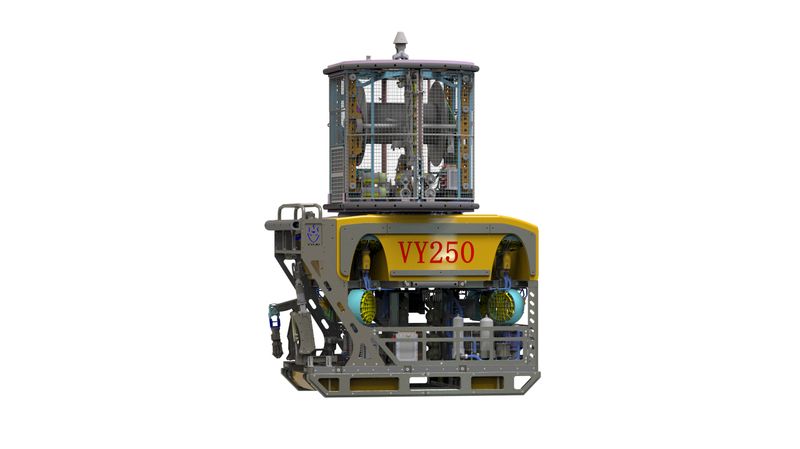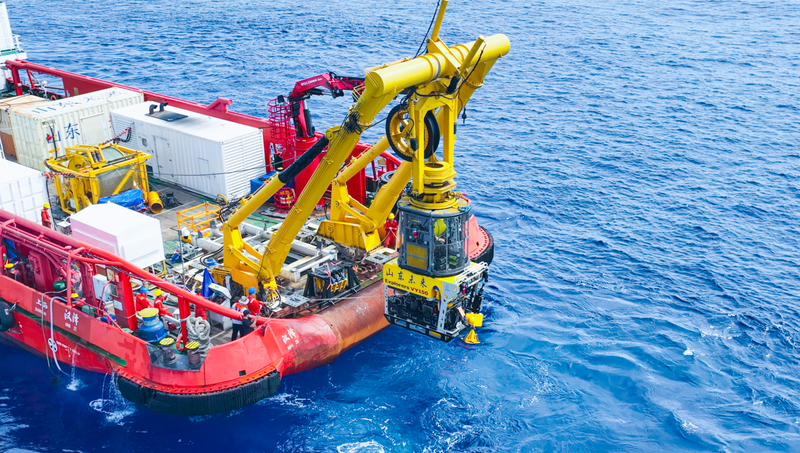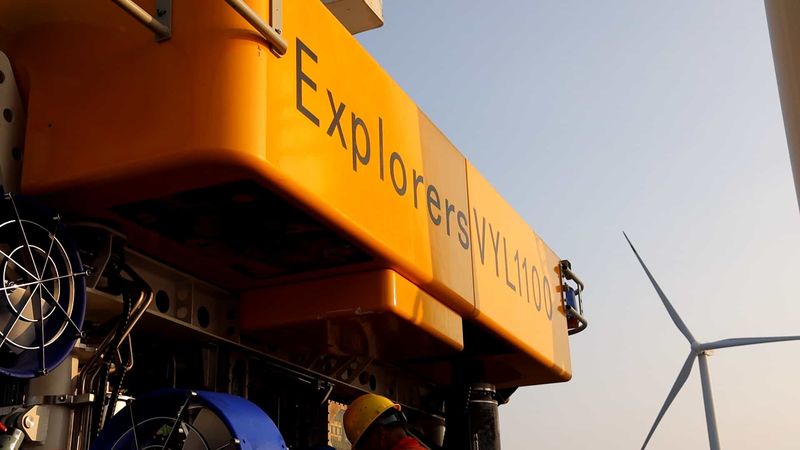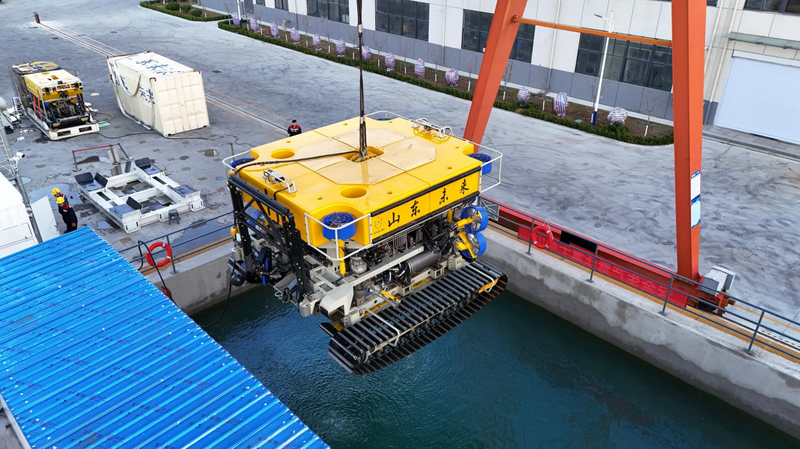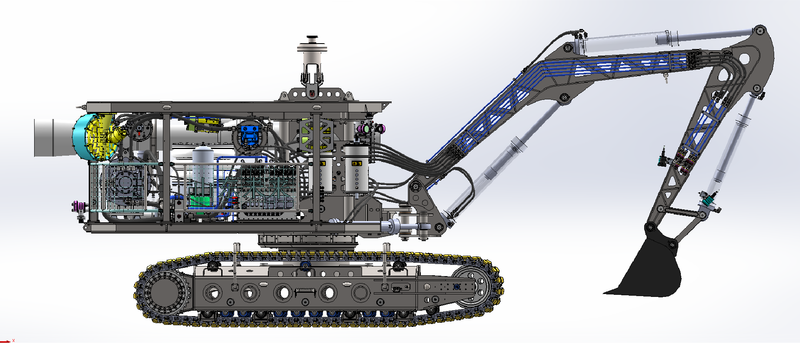Subsea Cable Laying Overview & Applications
Subsea cable laying technology is an essential method for connecting marine energy, communications, and power, playing a key role in modern marine engineering and energy development. This technology utilizes equipment such as subsea trenchers, and ROVs (Remotely Operated Vehicles) to achieve efficient and safe cable laying and protection. The subsea trencher s include jet trenchers and plough trenchers. The jet trencher uses high-pressure water flow to cut the seabed, providing a non-contact trench for cable burial, suitable for sandy and muddy seabeds. The plough trencher uses mechanical cutting techniques to excavate stable trenches, suitable for hard or complex seabed terrains. The ROV is responsible for underwater positioning, monitoring, obstacle clearing, and cable installation during construction, ensuring precision and safety.
With the rapid development of the global economy and technology, subsea cables (pipelines) are increasingly being used for electricity transmission across sea areas, and subsea cable engineering projects are booming worldwide. As global power transport networks continue to expand, the number of subsea cables (pipelines) is growing, and subsea cables (pipelines) have become an inevitable medium for cross-sea power transmission.
